Summary
Shri Kashi Vishwanath Temple in Varanasi, dedicated to Lord Shiva, is one of the 12 Jyotirlingas and a major Hindu pilgrimage site. Built in 1780 by Maharani Ahilyabai Holkar, it symbolizes spiritual liberation. The temple’s rich history includes destruction by invaders and restoration, making it a beacon of devotion and resilience.
Location
- Lahori Tola, Varanasi, Domari, Uttar Pradesh 221001
Full Story
Shri Kashi Vishwanath Temple, located in Varanasi, Uttar Pradesh, is one of the most revered temples in Hinduism. Dedicated to Lord Shiva, it is one of the twelve Jyotirlingas, considered the holiest of Shiva shrines. Known as the “Golden Temple of Varanasi,” its history reflects the spiritual and cultural essence of India.
1. Mythological Significance
- Lord Shiva’s Abode:
- According to Hindu mythology, Varanasi (also called Kashi) is considered the eternal city created by Lord Shiva and Parvati.
- It is believed that those who die in Kashi attain moksha (liberation) with Lord Shiva whispering the “Taraka Mantra” in their ears.
- Jyotirlinga Legend:
- The Kashi Vishwanath Jyotirlinga represents the infinite cosmic light of Shiva, and visiting it is said to absolve devotees of their sins and grant spiritual enlightenment.
2. Historical Timeline
- Ancient Times:
- The original temple is believed to have existed as early as the Gupta period (4th–6th century CE).
- References to the temple are found in the Skanda Purana, Kashi Khanda, and other ancient texts.
- Medieval Period:
- The temple was destroyed and rebuilt multiple times due to invasions:
- In 1194 CE, it was demolished by Qutb-ud-din Aibak, a general of Muhammad Ghori.
- Rebuilt by Hindu kings but destroyed again by invaders like Sikandar Lodi in the 15th century.
- The temple was destroyed and rebuilt multiple times due to invasions:
- Mughal Era:
- In 1669, Aurangzeb, the Mughal emperor, destroyed the temple and constructed the Gyanvapi Mosque on its site.
- The current temple structure is located adjacent to the mosque.
- Maratha Restoration:
- In 1780, the present temple was built by Maharani Ahilyabai Holkar of Indore.
- The temple was later adorned with gold plating by Maharaja Ranjit Singh, the Sikh ruler of Punjab, in 1835.
- Modern Era:
- In recent years, the temple has undergone significant development, including the Kashi Vishwanath Corridor Project, initiated in 2019 to enhance the pilgrim experience.
3. Key Features of the Temple
- Golden Shikhar (Spire):
- The main spire of the temple is covered in gold donated by Maharaja Ranjit Singh, giving it its iconic appearance.
- Linga of Vishwanath:
- The central shrine houses the Jyotirlinga, which is the focal point of worship.
- Gyanvapi Well:
- Located within the temple complex, it is believed to hold the remains of the original Vishwanath Linga, hidden during Aurangzeb’s invasion.
- Temple Layout:
- The temple complex includes smaller shrines dedicated to various deities like Goddess Annapurna, Lord Vishnu, and Lord Hanuman.
- Kashi Vishwanath Corridor:
- The newly developed corridor connects the temple to the Ganga River, offering easier access to devotees and enhancing the temple’s grandeur.
4. Religious and Cultural Importance
- Spiritual Center:
- Shri Kashi Vishwanath Temple is considered the spiritual center of Varanasi, a city often referred to as the “City of Lord Shiva.”
- Pilgrimage Significance:
- Visiting the temple is part of the Panch Kashi Yatra, a sacred pilgrimage in Varanasi.
- It is believed that offering prayers at the temple fulfills wishes and leads to spiritual liberation.
- Festivals:
- The temple is a hub of celebrations during festivals like Mahashivratri, Shravan Month, and Dev Deepawali.

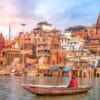
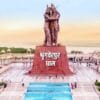
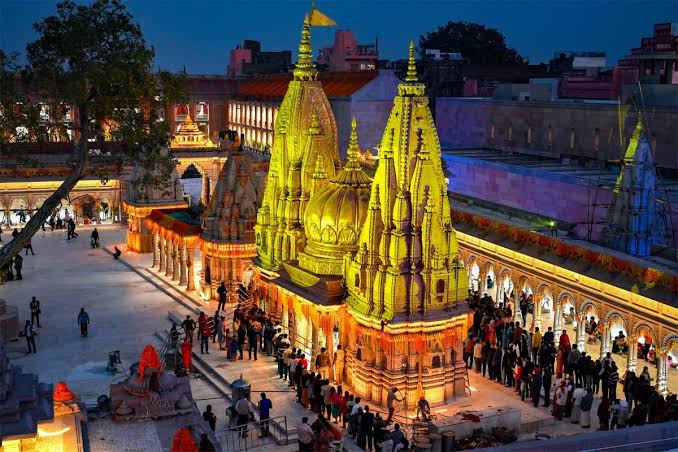
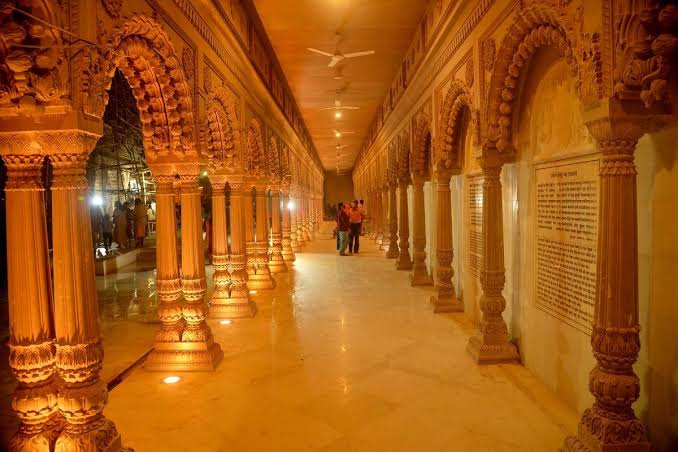
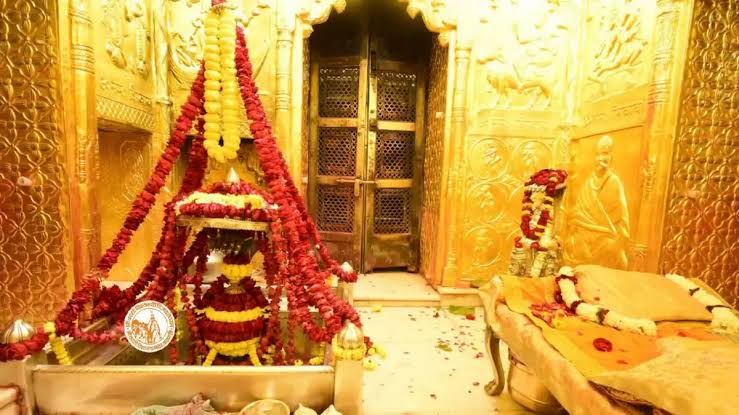
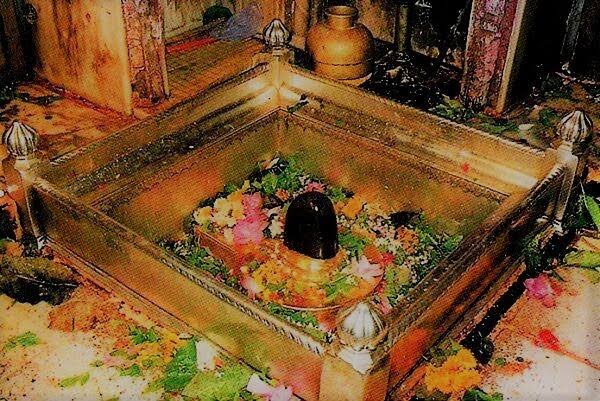
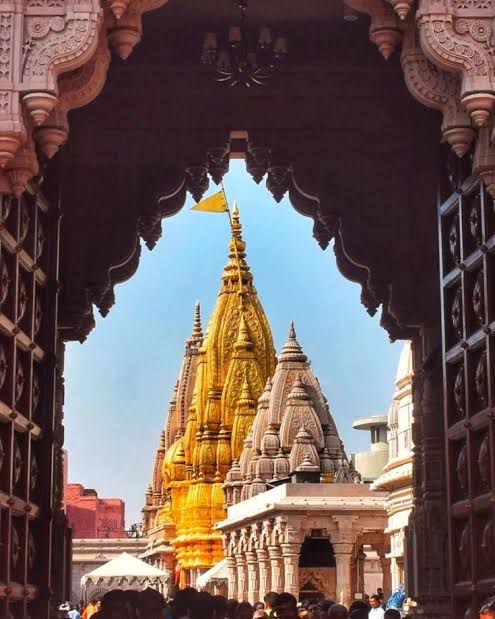
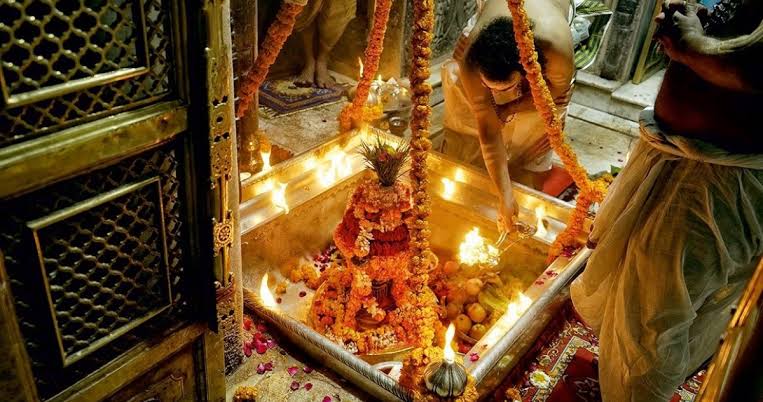
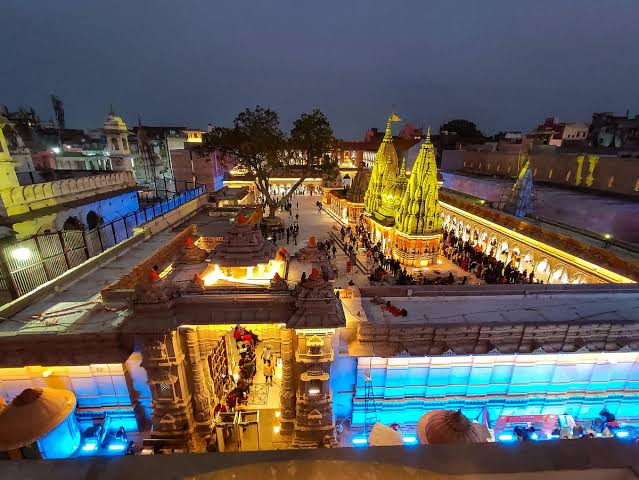
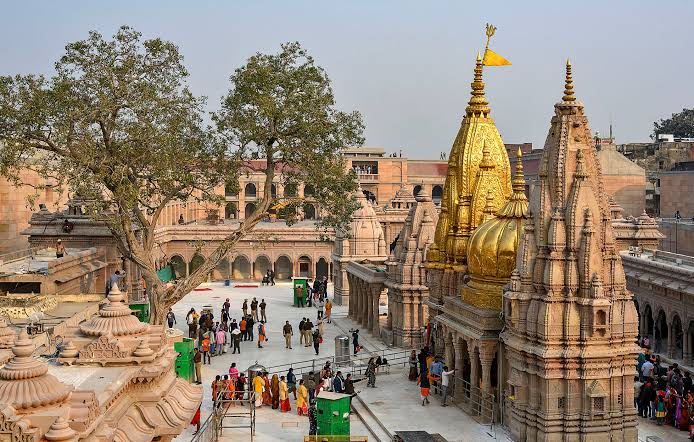
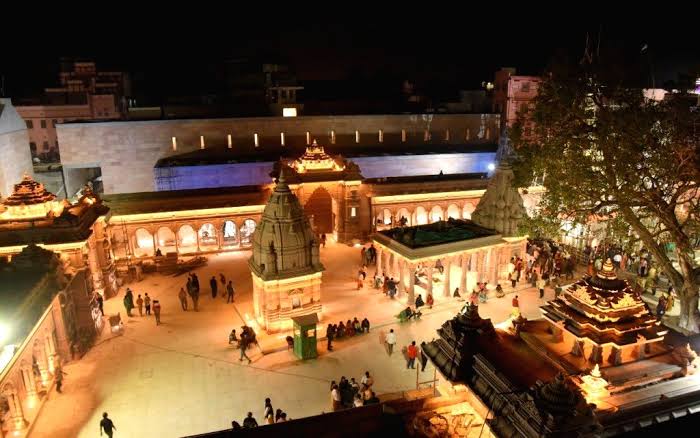
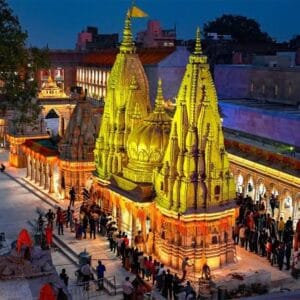
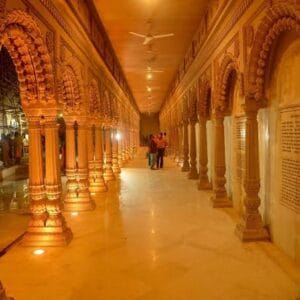
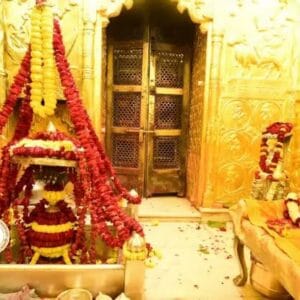
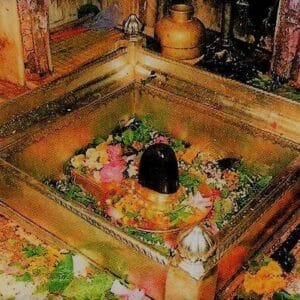
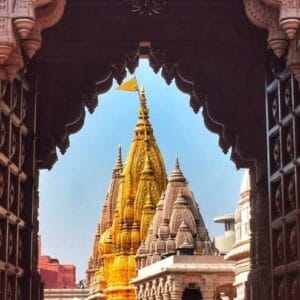
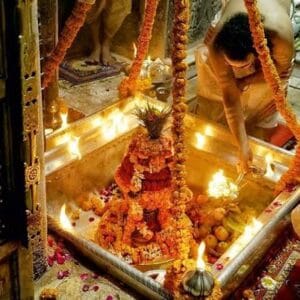
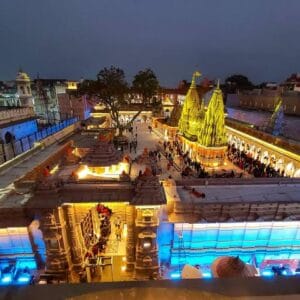
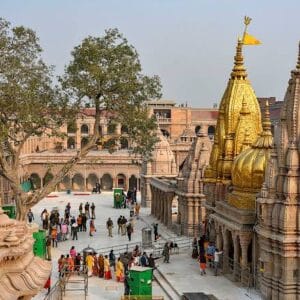
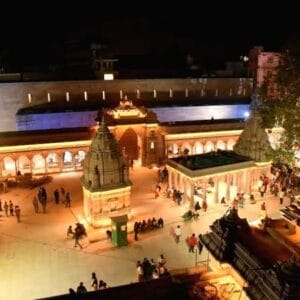





Reviews
There are no reviews yet.